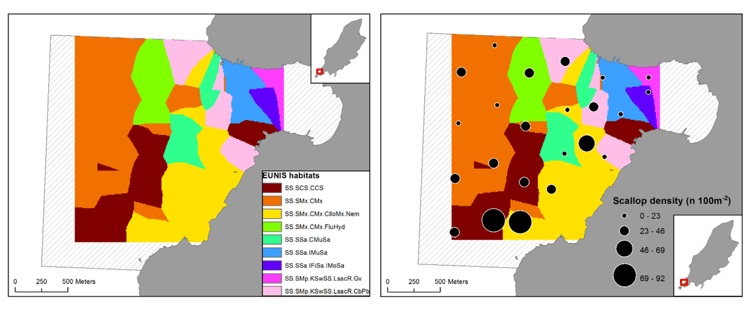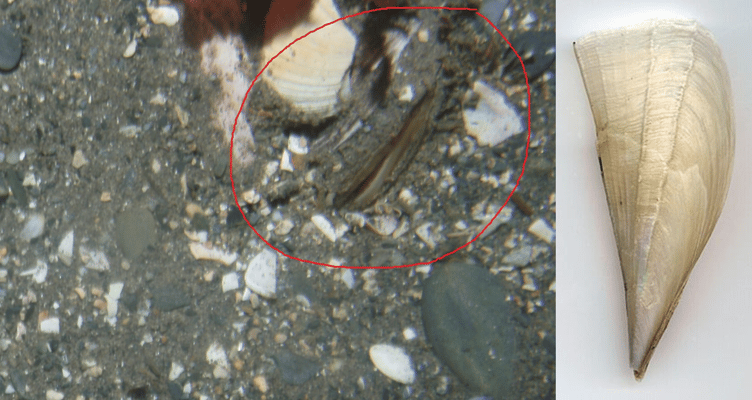In this month’s Manx Wildlife Trust column the Department of Environment, Food and Agriculture’s Peter Duncan, looks at the Manx Marine Nature Reserve of Port Erin Bay.
The Isle of Man has 10 marine nature reserves, covering 11% of the territorial sea.
More information on these can be found at https://www.gov.im/mnr, but it might be interesting to provide a little more detail about them individually. So let’s start in the south, at Port Erin.
Arguably the island’s best sandy beach, Port Erin bay opens to the west, with views of the mountains of Mourne in Northern Ireland on a good day.
Rocky cliffs act to funnel wind and waves, which tend to sort the seabed sediments, moving finer sandy particles towards the beach, while offshore the seabed is more gravel and rocky. Wind and wave also ensure that the water is well circulated and relatively food rich.
As a result, the bay supports a wide range of species, from plankton feeders to seaweed grazers and predators.
Bangor University mapped the different habitats and produced a report on the bay, and a seabed map shows the progression from coarse sediment in the west, mixed types in the middle and finer mud and sand closer in.

The link between seabed type and the animals and seaweeds that live there is not surprising, and provides important information for marine scientists and managers. During the same seabed surveys, Bangor University also recorded scallop densities, and there are clearly some places that are better than others. Port Erin Bay was originally closed for scallop management in 1998, and today has one of the highest densities of scallops anywhere around the island. However, it’s a small area (only 4 km2) and the scallops provide greater benefit producing larvae for offshore fishing grounds than direct fishing in the bay itself.
Both king scallops and queenies live in the bay, and while we’re familiar with them on our plates, they do have some interesting characteristics; notably swimming ability and their eyes.
Swimming scallops can be seen on the Biosphere Isle of Man video of Port Erin Bay at https://www.youtube.com/watch?v=CZaISWRDqC8
-and-king-scallop-(right).png?trim=0,0,0,0&width=752&height=298&crop=752:298)
Other species recently photographed in the bay include brittle stars, cushion stars and spotted sea hares (a sea slug), which can grow up to 20 centimetres.
-brittle-stars-cushion-star-sea-hare-eggs-and-spotted-sea-hare.png?width=752&height=500&crop=752:500)
One of the ongoing mysteries of Port Erin Bay is whether the mysterious fan mussel, Atrina fragilis, exists in the bay. This extremely rare mollusc lives almost completely buried in sandy mud, and has been heavily impacted by inshore scallop dredging around the UK.

This image was snapped during the same Bangor University surveys in Port Erin, and has divided experts. It might be an arctic clam or horse mussel, or it might be a super-rare fan mussel. Certainly, an area that has been protected for 35 years would be a likely place to find one.
To find out more on the history of Port Erin Bay science and the marine nature reserve, you can visit https://www.biosphere.im/search




